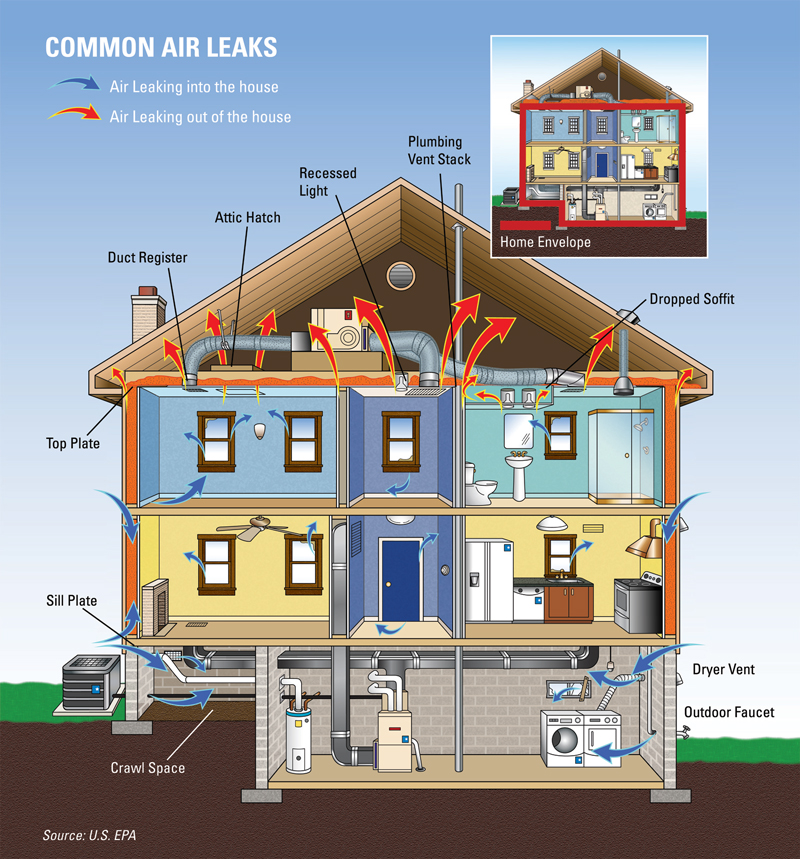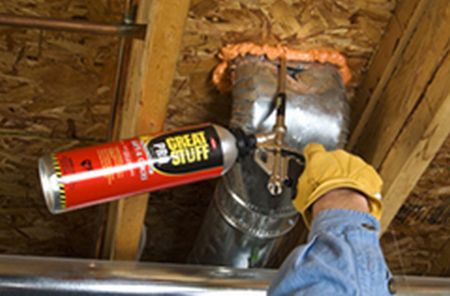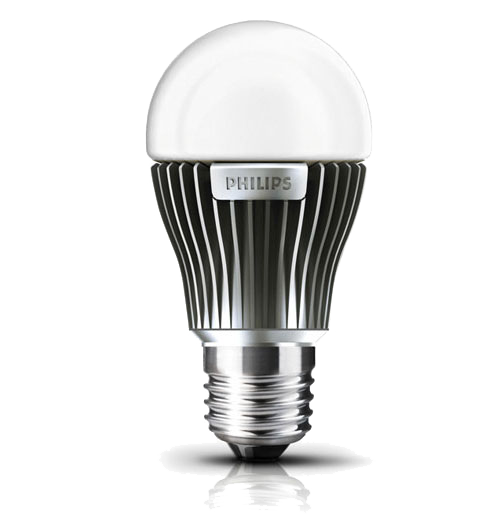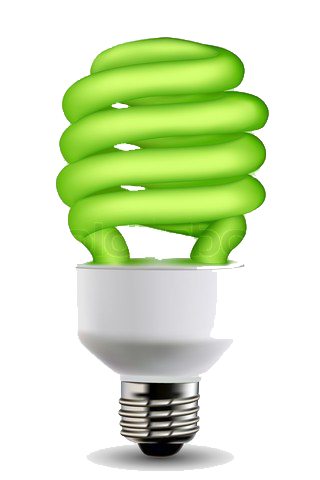Air Sealing & Weatherstripping
Reducing the amount of air that leaks in and out of your home is a cost-effective way to cut heating and cooling costs, improve durability, increase comfort, and creating a healthier indoor environment. Caulking, spray foam and weatherstripping are a few simple and effective air-sealing techniques that offer quick energy savings. Caulk is generally used for cracks and openings between stationary house components such as around door and window frames, spray foam is used in the attic to close air bypass areas and weatherstripping is used to seal components that move, such as doors and operable windows.
Air Leakage
Air leakage occurs when outside air enters and conditioned air leaves your house uncontrollably through cracks and openings. It is unwise to rely on air leakage for ventilation. During cold or windy weather, too much air may enter the house. When it's warmer and less windy, not enough air may enter, which can result in poor indoor air quality. Air leakage also contributes to moisture problems that can affect occupants’ health and the structure’s durability. An added benefit is that sealing cracks and openings reduces drafts and cold spots, improving comfort.
The recommended strategy is to reduce air leakage as much as possible and to provide controlled ventilation as needed. Before air sealing, you should first:
With a Home Energy Audit we can identify where your home has air leaks and offer solutions.A blower door will help you see how much leakage is in your home and with the aid of an Infrared Camera these areas can be documented. If you're planning an extensive remodel of your home that will include some construction, review some of the techniques used for air sealing in new home construction and consider a home energy audit to identify all the ways your home wastes energy and money.
Check out DOE Website for more information
Energy Star Appliances
The major appliances in your home -- refrigerators, clothes washers, dishwashers -- account for a big chunk of your monthly utility bill. And if your refrigerator or washing machine is more than a decade old, you're spending a lot more on energy than you need to.
Today's major appliances don't hog energy the way older models do because they must meet minimum federal energy efficiency standards. These standards have been tightened over the years, so any new appliance you buy today has to use less energy than the model you're replacing. For instance, if you buy one of today's most energy-efficient refrigerators, it will use less than half the energy of a model that's 12 years old or older.
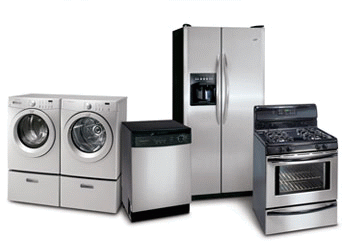
Of course, efficient appliances don't just save you money; they're good for the environment. The less energy we all use, the lower our demand on power plants, which means less pollution.
Check out what you can save by replacing your refrigerator at the Energy Star Website.
